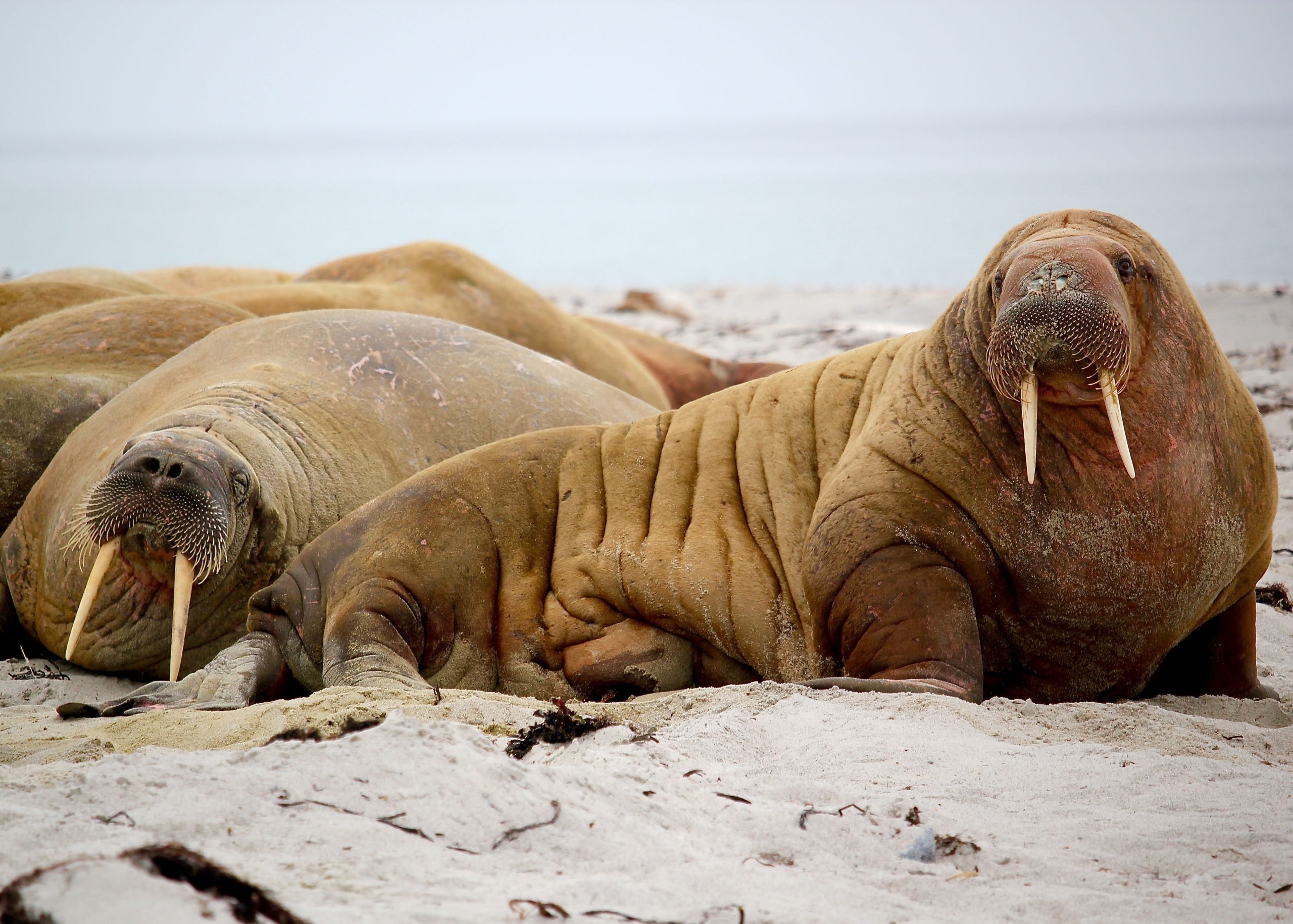Walruses are fascinating creatures that are well adapted to their environment. They are known for their long tusks, blubbery bodies, and ability to survive in some of the harshest environments on Earth. In this article, we will explore the habitat, diet, and adaptations of walruses in more detail.
Habitat
Walruses are found in the Arctic region, where they live on sea ice and rocky shores. They prefer shallow waters, and can often be found in areas where there are large amounts of food. Walruses can be found in the Bering, Chukchi, and Beaufort seas, as well as in the Laptev and East Siberian seas.
Walruses spend much of their time on sea ice, which provides a stable platform for them to rest and breed. However, with the shrinking of the Arctic ice cap due to climate change, their habitat is becoming increasingly threatened. As a result, walruses are facing increasing challenges to their survival.
Diet
Walruses are primarily bottom feeders, and they feed on a variety of invertebrates such as clams, mussels, and snails. They use their sensitive whiskers to detect prey on the sea floor, and their powerful flippers to dig through the sand and mud to access their food.
Walruses are able to consume large amounts of food in a short period of time, which is important for their survival in the Arctic environment where food can be scarce. They can consume up to 3% of their body weight in a single feeding session.
Adaptations
Walruses have several adaptations that help them survive in their harsh environment. One of their most notable adaptations is their blubber, which helps them stay warm in the freezing temperatures of the Arctic. Their thick skin and fur also provide additional insulation.
Another adaptation that walruses possess is their long tusks. These tusks are actually modified teeth, and are used for a variety of purposes such as digging for food, hauling themselves out of the water, and defending themselves from predators. Male walruses also use their tusks to establish dominance over other males during breeding season.
Walruses also have a unique respiratory system that allows them to remain submerged for long periods of time. They are able to slow their heart rate and redirect blood flow to their vital organs, which helps them conserve oxygen while underwater.
In conclusion, walruses are fascinating creatures that have evolved a variety of adaptations to help them survive in their harsh Arctic environment. As their habitat becomes increasingly threatened, it is important that we continue to study and protect these incredible animals.




